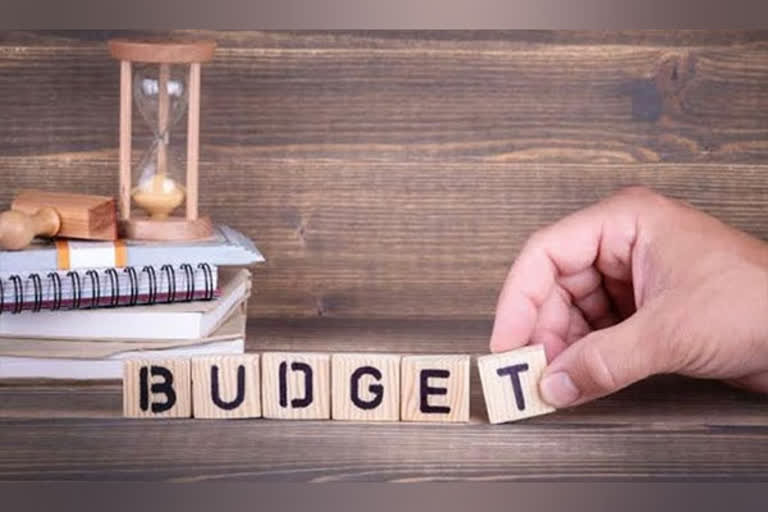New Delhi: Under Article 112 of the Constitution, the Union Budget is an Annual Financial Statement of the Central government’s expenditure for a given financial year where the Centre gives details of its receipts and expenditure for the year.
While receipts include the money collected by the Centre through levy of various taxes and duties, the expenditure includes the money spent by the government on various things such as payment of salaries and pensions, establishment cost, and fund allocation for various sectors including defence.
However, there is a specific segment of the budget that directly concerns poor and needy people. This segment carries the details of the subsidies paid by the government. The subsidies are the direct and indirect financial support provided by the government to the needy and vulnerable people and sections of society such as farmers, students, and poor people among others. The Central government mainly provides three subsidies, these are food, fuel and fertilizer subsidies.
While the food subsidy accounts for the biggest chunk of these three main subsidies, the fuel subsidy which used to form a big part of the Union government’s subsidy allocation, has come down to a negligible level over the years with the deregulation of the prices of petroleum products.
Ballooning food subsidy bill
As per the budget documents, the Centre’s food subsidy bill was over Rs 5.41 lakh crore in 2020-21, which, as per revised estimates, is expected to decline to Rs 2.86 lakh crore in the last financial year. As per the budget estimate, the food subsidy bill was pegged at a little over Rs 2 lakh crore.
However, there are two things, the massive amount of over Rs 5.41 lakh crore (actual for FY 2020-21), was not only on account of the Prime Minister Garib Kalyan Ann Yojana (PMGKAY) that was announced in the wake of the outbreak of Covid-19 global pandemic but this huge jump is also attributed to the Finance Minister Nirmala Sitharaman’s decision to bring off-budget subsidies formally into the budget.
Though at the start of that year’s budget, finance minister Sitharaman’s estimate was that the government’s food subsidy bill would be to the tune of Rs 1.15 lakh crore but with the outbreak of Covid-19 global pandemic and also due to the decision to include the off-budget subsidies in the budget, it ballooned to nearly Rs 4.23 lakh crore in the revised estimate and as per the actual given in this year’s budget, it turned out to be a record Rs 5.41 lakh crore.
Although the government estimated that last year’s food subsidy bill would be to the tune of Rs 2.43 lakh crore but as per the revised estimates presented in February last year it has been projected to increase to over Rs 2.86 lakh crore. Similarly, as per the budget estimates, though the finance minister’s projection for this year is for little over Rs 2 lakh crore but it is estimated to jump significantly as the Union Cabinet has approved the extension of Pradhan Mantri Garib Kalyan Ann Yojana to the end of this year.
Fertiliser subsidy
The Centre gives indirect subsidies to farmers to support them. However, the subsidy on the fertilizers and urea is not directly paid to them but to the fertilizer producers that in turn helps in keeping the prices of fertilizers and urea within the reach of farmers. In 2020-21, the government spent 1.28 lakh crores on fertilizer subsidies. The fertilizer subsidy bill for the last financial year has been estimated to increase to Rs 1.4 lakh crore in the revised estimates from the budget estimate of nearly Rs 80,000 crores due to the rise of input material in the international market. This year’s budget estimates pegs the fertilizer subsidy to be Rs 1.05 lakh crore.
Fuel subsidy
With the deregulation of the retail prices of petroleum products, the petroleum subsidy bill of the Centre is progressively expected to come down from a high of over Rs 38,000 crores in 2020-21 to below Rs 6,000 crores in the last and current financial years. However, removal of petroleum subsidies and the incidence of high central and state taxes on petroleum products reflect in the record high levels of petrol, diesel and domestic gas prices.



